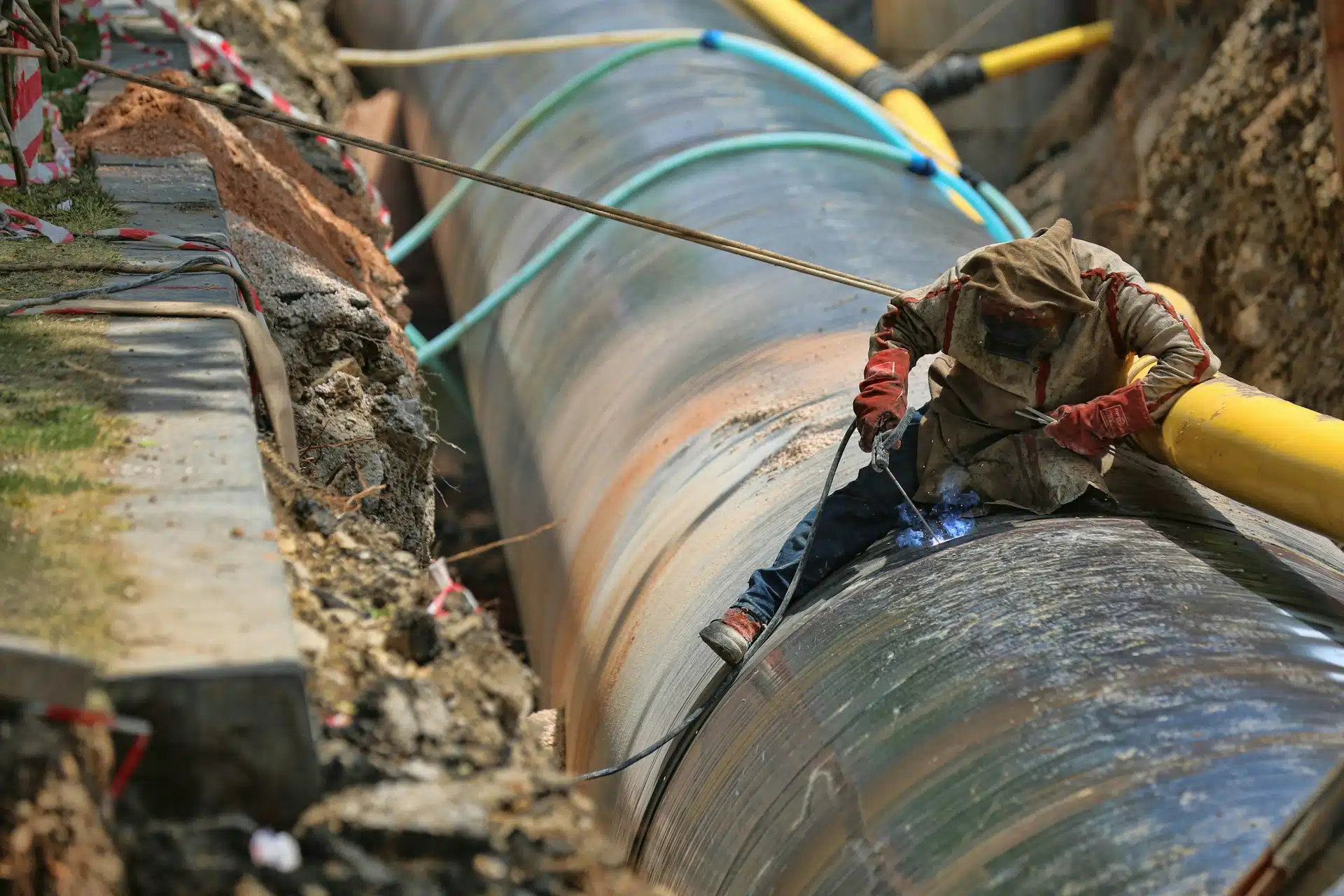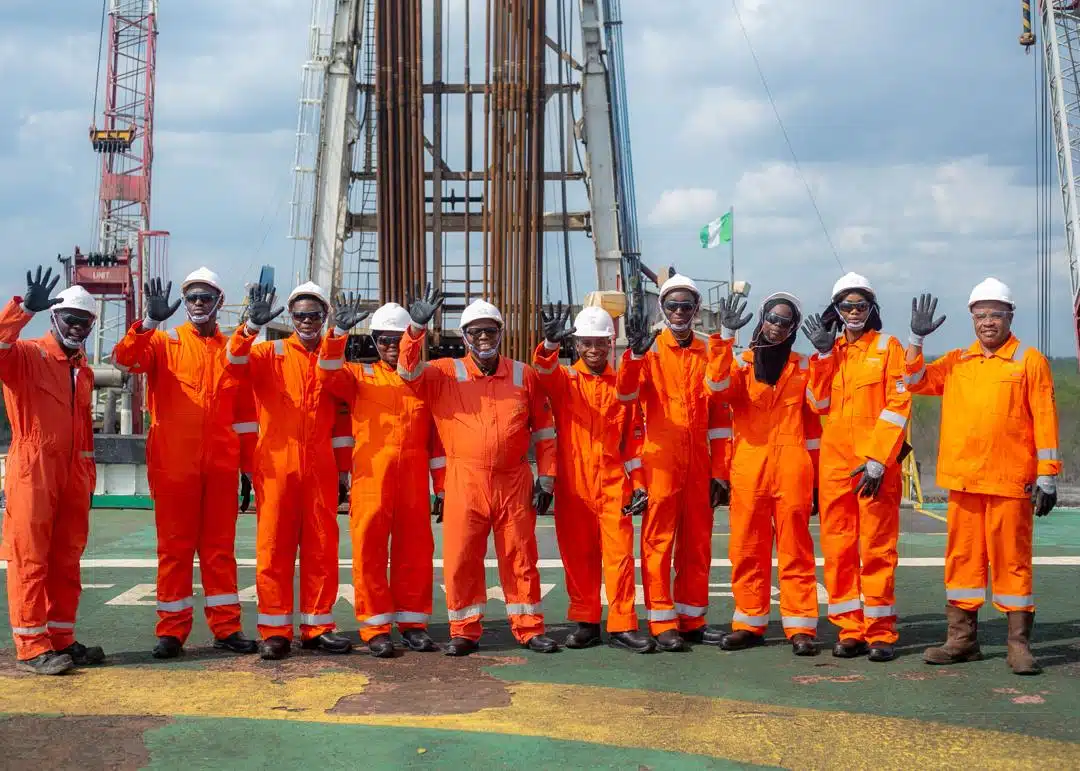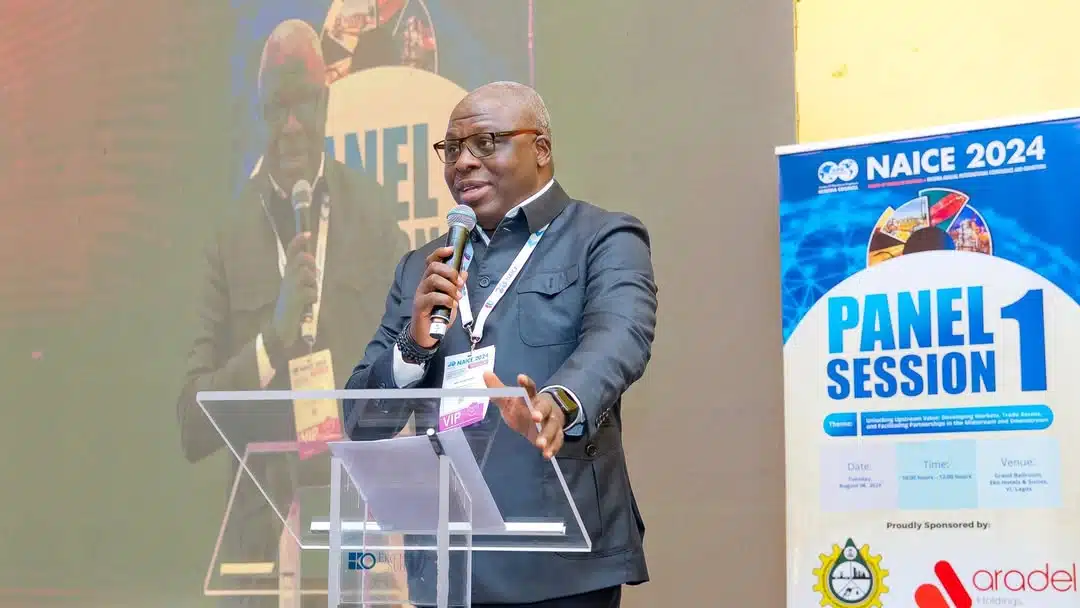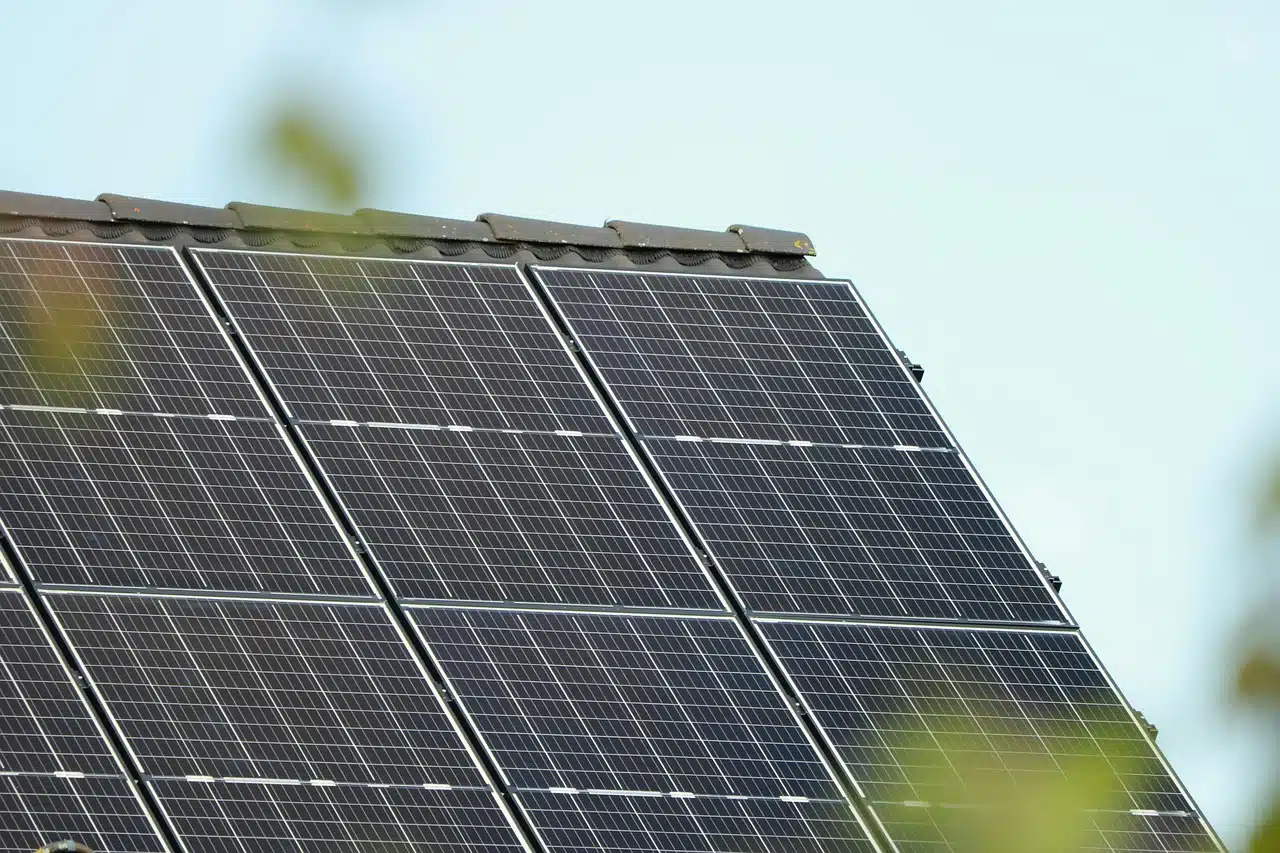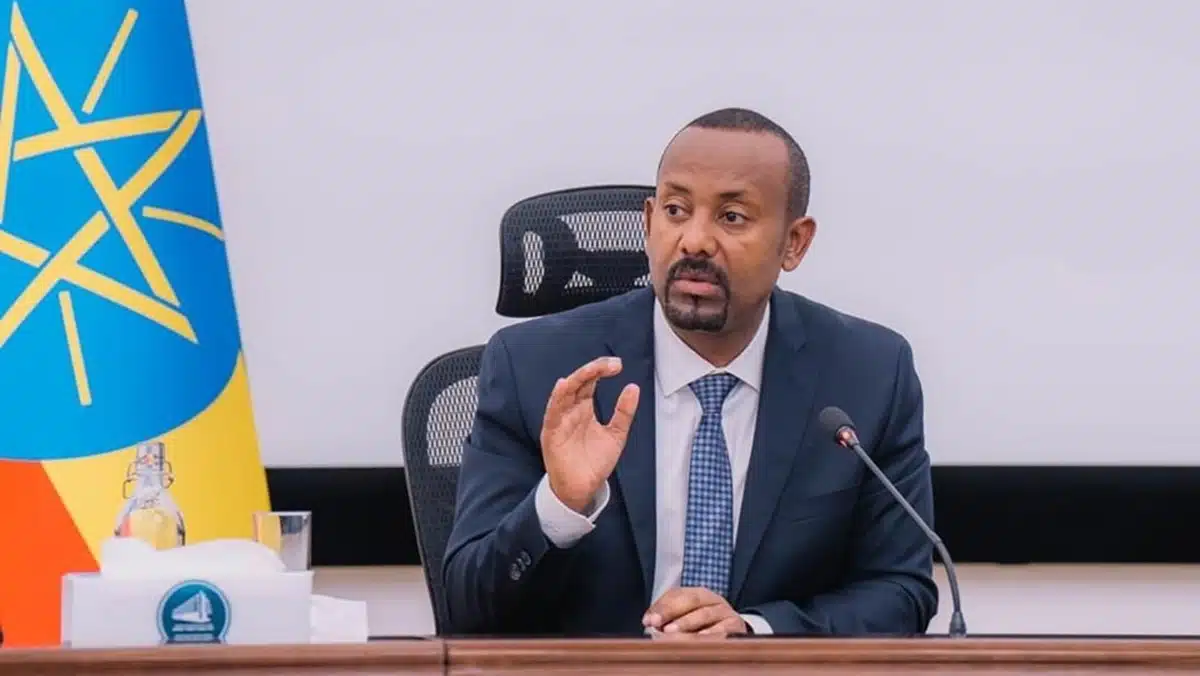The East African Crude Oil Pipeline (EACOP) project has reached 60% completion, a major milestone for the multibillion dollar initiative aimed at boosting oil transport and regional infrastructure in East Africa.
This progress comes despite early financing setbacks that once raised doubts about the future of the project.
According to Tanzanian media reports on Monday, the 1,443-kilometre pipeline has now passed the halfway point in construction.
The project is coordinated by EACOP Ltd and involves a consortium led by French energy giant, TotalEnergies, which holds a 62 percent stake.
Other shareholders include the Uganda National Oil Company (UNOC), Tanzania Petroleum Development Corporation (TPDC), and China National Offshore Oil Corporation (CNOOC).
Construction of the pipeline, which will transport crude oil from Uganda’s Tilenga and Kingfisher fields to the Tanzanian port of Tanga, has so far created around 6,000 jobs.
Of these, 70% are reportedly held by residents of communities along the pipeline route.
In its March update, EACOP announced that the project had reached 50% completion, driven by key engineering milestones and ramped-up on-ground activities in both Uganda and Tanzania.
The company added that social investment programmes were also ongoing in affected areas, targeting livelihoods, road access, and environmental management.
“The pipeline is not just about oil,” a project engineer working with EACOP in Tanzania said, “It’s also bringing roads, jobs, and better access to rural parts of the country. Many of us see it as an opportunity for wider development.”
Funding challenges and future expectations
While EACOP has not disclosed the total amount of funds secured, the company confirmed that a first tranche of financing was finalised in March.
TotalEnergies reported that African lenders such as Afreximbank, Standard Bank of South Africa, and Stanbic Bank Uganda are participating in the financing.
In a brief statement issued during the first quarter of the year, EACOP noted: “We have received support from regional partners and financial institutions, and we are moving forward steadily with implementation.”
The full pipeline is expected to carry up to 246,000 barrels of crude oil per day once operational.
In addition, the design includes the installation of fibre optic cables along the route, which stakeholders say could improve digital connectivity and logistics services in underserved areas.

